Eastern Cougar
It was a heart-breaking day in 2015 when eastern cougars were removed from the endangered species list. Wildlife conservation organizations declared that the North American cats reached total extinction despite efforts to preserve and protect them. Reasons for their extinction came from European settlers who killed the animals to protect themselves and their livestock in the 1800’s.
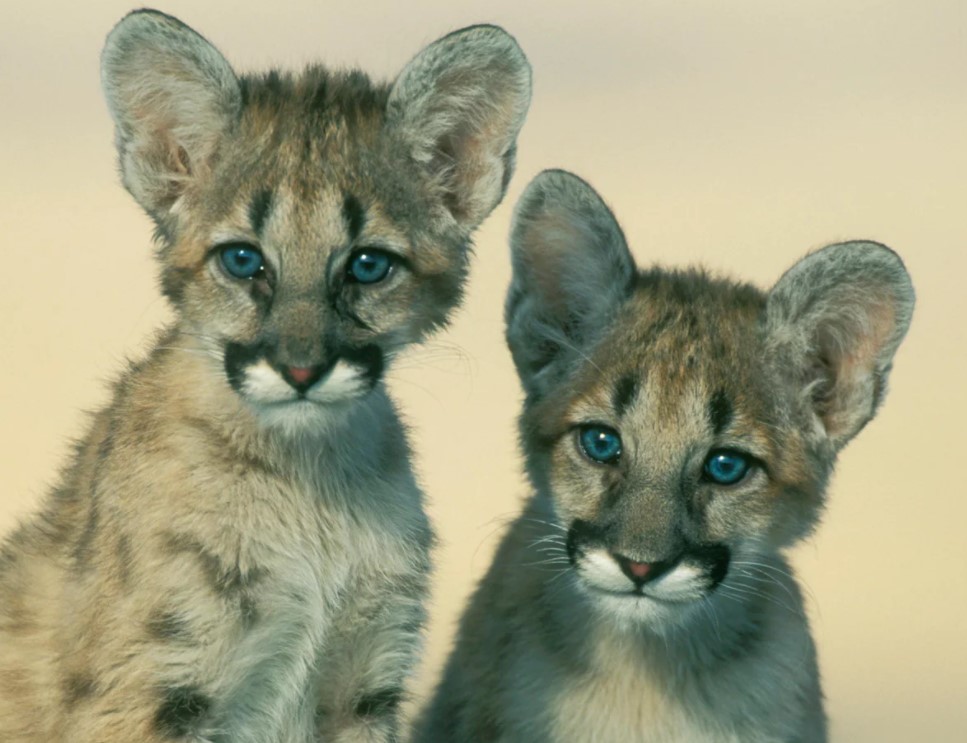
Eastern Cougar
Golden Toad
The brightly-colored golden toad last made an appearance in 1989 in Monteverde Forest, Costa Rica. Some researchers blame their extinction on human-caused global warming, but experts have concluded otherwise after conducting more research.
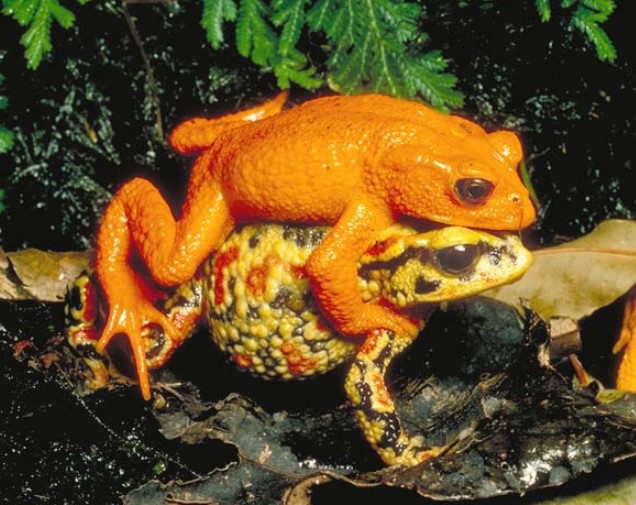
Golden Toad
Falkland Island Wolf
Also known as the Antarctic wolf, it was the only land mammal native to the Falkland Islands. It became extinct in 1876 and although there are many holes in the research of its way of living, there are some hypotheses. Those who have studied the history of these wolves believe that their diet was made up of birds and even sea-horses, but not rodents as there were none on the islands.

Falkland Island Wolf
Javan Tiger
From its name, the Javan tiger once roamed the Indonesian island of Java until it became extinct in the 1970’s. This subspecies of tigers was a little smaller than other tigers. During the 1920’s and 1930’s, efforts were made to protect the Javan tiger but these attempts didn’t succeed.

Javan Tiger
Quagga
When Dutch settlers landed in South Africa during the 1600’s, they hunted the quagga species very heavily. The result of heavy hunting eventually led these animals to become extinct in 1883. Their name actually came from what the local African tribes called them based on the noise that the animals made, “kwa-ha-ha”.

Quagga
Pyrenean Ibex
The Pyrenean ibex went from the endangered species list to the extinct species list in 2000. The ibex lived primarily in the southern region of France. At the moment, scientists are trying to successfully clone this animal and bring it back to life. In 2003, there was short-lived excitement when a clone was born but died minutes later due to a lung defect.

Pyrenean Ibex
Guam Flycatcher
The 5 inch (13 cm) bird native to Guam became extinct in 1983 mainly because of its use as food. In the early 1940’s the brown tree snake was introduced to the island of Guam and therefore preyed heavily on the birds. When no more flycatchers were seen and brown tree snakes roamed the natural habitat of the birds, experts concluded that the bird no longer existed.

Guam Flycatcher
Baiji
Once called the “goddess of the river”, the baiji dolphin suffered until extinction due to water pollution, over-fishing and boat traffic. The skin of the baiji dolphin was considered to be of high quality and was used to make things like gloves and handbags. The last confirmed sighting of this dolphin was in 2002.

Baiji
Round Island Burrowing Boa
The Round Island burrowing boa was completely wiped out by the year 1975. Being a remote and uninhabited island, Round Island could not cater for the overgrazing of goats and rabbits. The details of the boa’s diet are not entirely clear, although experts suspect that the snakes ate lizards.

Round Island Burrowing Boa
Tasmanian Tiger
The Tasmanian tiger reached extinction in 1936. It once lived in Papa New Guinea and Australia but it was hunted to extinction everywhere but in Tasmania. The last surviving Tasmanian tiger lived in a zoo in Tasmania but he died when he was left out during a cold night and died due to exposure.

Tasmanian Tiger
Irish Elk
The enormous 12-foot antlers that the Irish elk had were hardly a blessing, rather they were a curse. Experts believe that the elk which lived around 5,200 BC, had antlers that inhibited its mobility and therefore they became easily preyed upon. Although most experts agree that climate change influenced their outcome greater than humans’ or other predators’ hunting.

Irish Elk
Passenger Pigeon
To see the disappearance of a bird that was once so abundant in the world, is alarming. It was excess hunting that took the passenger pigeon from the Earth. The last surviving pigeon of this kind was one called Martha who was at the Cincinnati Zoo. She died in 1914, closing the last chapter of the passenger pigeon.

Passenger Pigeon
Pig-Footed Bandicoot
The pig-footed bandicoot became extinct in the 1950’s. It was a small marsupial animal that dwelt in the arid plains of Australia. Unfortunately, scientists didn’t get the opportunity to conduct much research on these little animals. However, the Aboriginal people said that these animals were capable of running quite fast and even seemed to gallop. They were nocturnal animals.
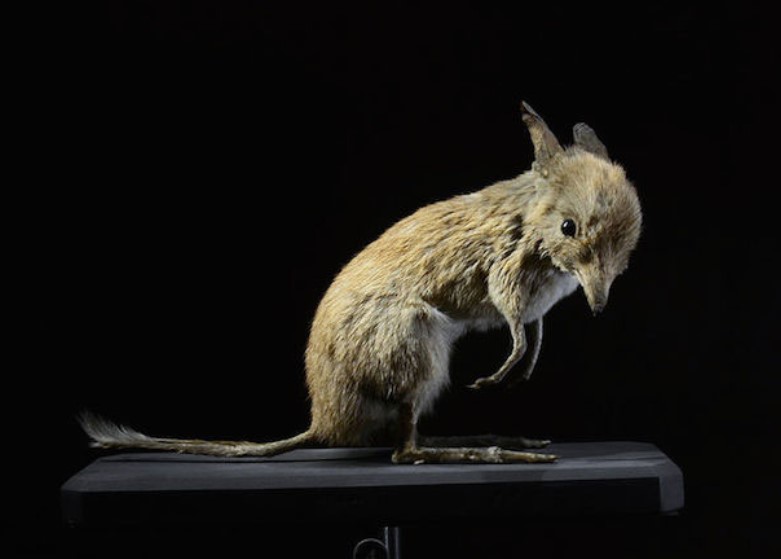
Pig-Footed Bandicoot
Bubal Hartebeest
The Bubal hartebeest is found in scripture from some millennia ago, and was recorded as one of the animals used in sacrificial rituals in Egypt. When European hunters discovered the animal, they hunted it until there was only a single one left which was safe in a Paris zoo. It died in 1923.

Bubal Hartebeest
Dodo
Although the dodo became extinct a good few hundred years ago in the 1600’s, it is one of the most famous animals that fell to extinction from endangered species. The flightless bird lived mainly on the islands of Madagascar and Mauritius. Sailors’ hunting was the main reason this animal is no longer a living species.

Dodo
Pinta Island Tortoise
“Lonesome George” was the name of the last surviving Pinta Island tortoise that would ever walk our planet. Even though everyone believed that none remained in existence, Lonesome George made an appearance in 1971. Conservationists worked to mate him with other types of tortoises but it failed. Lonesome George died on the 24th of June, 2012.

Pinta Island Tortoise
Great Auk
The great auk was a species of birds that couldn’t fly. It mostly inhabited areas along the coastlines of Canada, The Faroe Islands, Norway and Iceland. It was in the mid 1800’s that experts believe it became extinct. People hunted these birds at large because they wanted to use their down for feather pillows.

Great Auk
Crescent Nail-Tail Wallaby
This extension of the wallaby family, used to live in the woodlands and scrubs of Australia. It wasn’t until the early 1900’s that this mammal started to decline in number. In 1956, Australian officials declared the crescent nail-tail wallaby extinct.

Crescent Nail-Tail Wallaby
Japanese Honshu Wolf
Japan had many different species of wolves roaming its country. One of them was the Honshu wolf which fell to extinction in 1904 due to slaughter and rabies. These wolves caught rabies from domesticated dogs and once ill, became very aggressive towards humans which led humans to kill them out of self-defense.

Japanese Honshu Wolf
Barbary Lion
Historically, Barbary lions were brought into arenas to fight with gladiators. In 1942, the last Barbary lion was shot and killed in Morocco. Other reports have told of sightings around Algeria and Morocco in the 1960’s, but without true confirmation.

Barbary Lion
Tecopa Pupfish
The Tecopa pupfish lived in waters with temperatures that many other fish could not live in. When humans discovered the natural habitat of these fish – the Tecopa Hot Springs in California – they constructed bathhouses in order to take advantage of the natural hot springs there. The diversion of waters and human tampering led these fish to full extinction in 1979.

Tecopa Pupfish
Steller’s Sea Cow
It took only 27 years after George Steller discovered this sea creature before it was hunted to extinction. The reason that humans found it so easy to hunt is probably because the aniimal found difficulty submerging its huge body beneath the surface of the water which made it vulnerable.

Steller’s Sea Cow
Amur Leopard
When it comes to animals that are almost extinct, the amur leopard is a jaw-dropping example. The beautiful cats which live in Southeast Russia and China have numbers now that range between 60 and 70. In 2007, scientists conducted a population census and discovered that there were only between 19 – 26 wild amur leopards alive at the time. Even though the numbers have doubled, these numbers are still frightening.
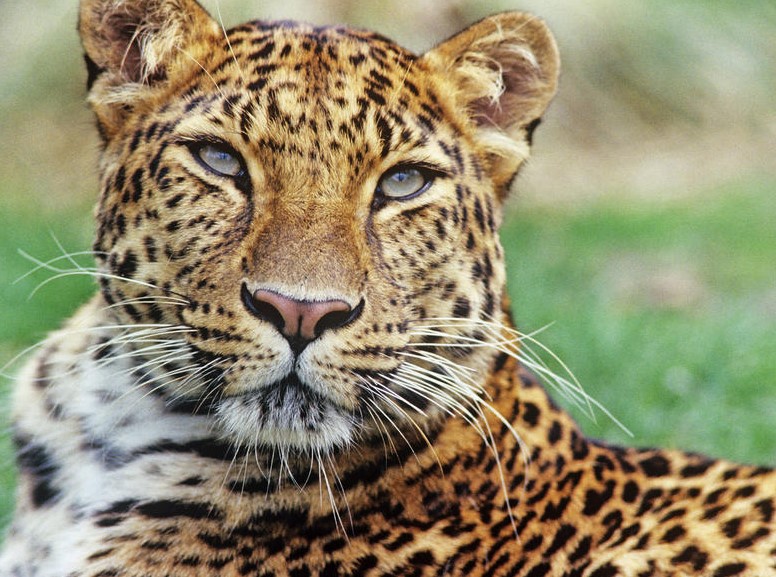
Amur Leopard
Northern Sportive Lemur
These small lemurs that live in the northern area of Madagascar are in critical danger of becoming an extinct species. The arboreal (living in trees) animals are still being hunted despite there being laws aimed to prevent hunting. The exact number of lemurs left is not clear, but experts believe there to be less than a thousand and the number is decreasing fast. Local wildlife organizations need to jump into action to save these endangered species!

Northern Sportive Lemur
Bonobo
Bonobos are one of humans closest relatives and live in the Congo. Due to serious poverty surrounding the areas where they live, poachers have killed them and their habitat has been torn down by deforestation. Their population ranges from 10,000 to 50,000 but is threatened because of their slow reproduction rate and the ensuing human threat to their lives.
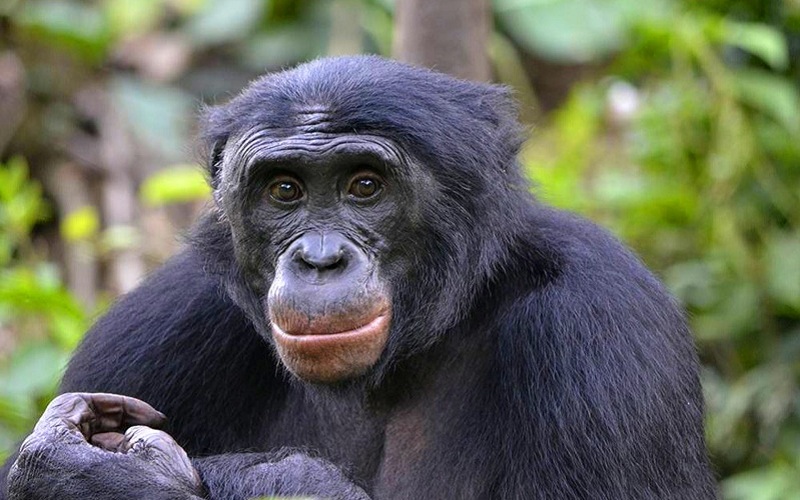
Bonobo
Kakapo
Conservation efforts started in 1890 to save the only flightless parrot in existence, however they didn’t succeed too well. According to a 2016 population census, there were about 154 birds still living around New Zealand. Their numbers declined quickly because of predators in nature, like wild cats and ferrets. However a program called the “Kakapo Recovery plan” has placed these birds on three islands which are predator-free, in hopes of raising their numbers again.

Kakapo
Axolotl
The “walking fish” which actually happens to be an amphibian, is feared to be completely extinct in the wild. Even though hundreds were found in their natural habitat of Lake Xochimilco in 2008, years later when the same area was re-examined, not a single one was found. The urbanization of Mexico City led to the decline in their numbers. They were also sold as food in Mexican markets.

Axolotl
Spix’s Macaw
The Spix’s macaw is a beautiful blue macaw that is indigenous to Brazil and northern South America. They suffered a major drop in number when humans razed forests where they were living during the European colonization of the region. Along with the Europeans, came animals that weren’t indigenous to the region which meant that they posed new dangers to these birds. In captivity, there are less than 100 Spix’s macaws.

Spix’s Macaw
Luristan Newt
This spotted newt is only found in a small region of Iran, unless of course it is in a wildlife conservation program, which many are since their status of “vulnerable” was made public. It may not be an endangered species yet, but it could easily head in that direction. Many wild animal enthusiasts illegally buy these salamanders and this trade has caused their numbers to drop to approximately 1,000 in the wild.
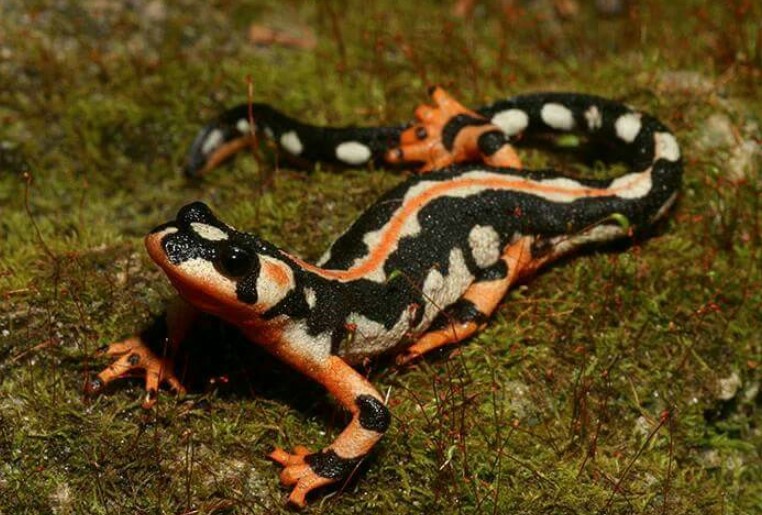
Luristan Newt
Philippine Eagle
Natives called it the “monkey-eating eagle” for obvious reasons. Then the Philippine eagle became the official symbol of the Philippines in 1995 when the president declared it so. Because of deforestation and solely human capturing, killing of this eagle is punishable by 12 years in prison. The World Wildlife Fund estimated the number of breeding pairs in the wild to be at no more than 230.
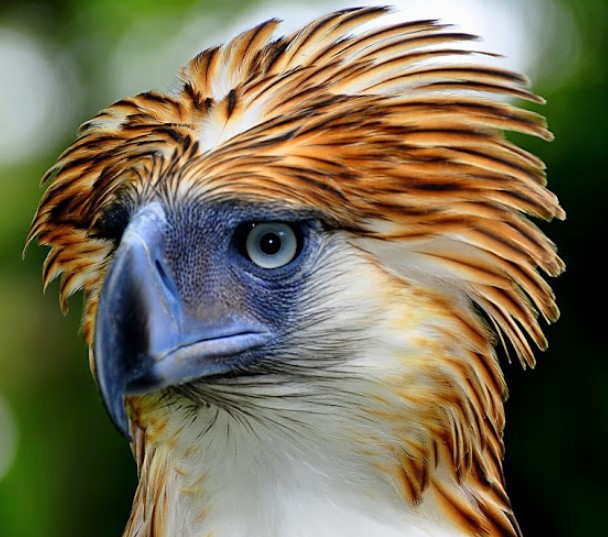
Philippine Eagle
California Condor
The California condor is one of the longest living birds, reaching up to 60 years! However because of poaching, lead poisoning and habitat destruction, their population might not live for another 60 years. In 1987, all surviving birds were captured – 27 of them – and put into a conservation program which has successfully raised the number of birds to 446 which live both in the wild and in captivity.

California Condor
Brown Spider Monkey
80% of the brown spider monkey’s population has decreased and is among “The World’s 25 Most Endangered Primates”. Interestingly enough, they are thought to be able to live for up to ten years longer in secure captivity, like as part of the “International Species Information System” where about 60 monkeys live in high-care zoos.

Brown Spider Monkey
Siamese Crocodile
This critically endangered species saw an extreme reduction in population, and scientists believed it to be extinct in the wild until recently when they were found in Vietnam and Thailand. They are the least studied and most critically endangered crocodiles in the world according to WWF.

Siamese Crocodile
Red Panda
On the conservation status scale, red pandas come in as an endangered species but not critically endangered… yet. With less than 10,000 of these pandas roaming southern China, Bhutan and Nepal, fears of losing them is very real. Poachers have made this fear a reality.

Red Panda
Tasmanian Devil
The carnivorous marsupial once lived in Australia and recently only lives on the island of Tasmania, at least in the wild. Originally, Tasmanian locals would eat these small animals and they would also kill them because they believed that packs of the devils were killing their livestock. In 2008, between 10,000 and 15,000 were still living in the wild.

Tasmanian Devil
Yangtze Giant Softshell Turtle
The story of critically endangered species doesn’t get more sad and also more hopeful than this. In January 2016 one of four surviving Yangtze giant softshell turtles died. Currently, as you have realized, there are only 3 living turtles left. A pair in the Suzhou Zoo in China are being paired in hopes of them mating – I guess we can only hope for the best.

Yangtze Giant Softshell Turtle
Mountain Gorilla
Living above the equator in central Africa, the mountain gorilla is heading towards a dangerous place. There are only 880 of these 440 pound (200 kg) gorillas still living in the wild. The Congo Basin is no longer a real safe haven for them because of poaching and the encroachment of human activity in the area.

Mountain Gorilla
Gharial
The fish-eating gharial looks prehistoric and it seems like it doesn’t belong in this millennium, but the fact is that it does and we need to protect it. This animal is critically endangered and numbers are at a low of 235 crocodiles. The cause of their endangerment is largely based on mass fishing and entanglement in fishing nets.

Gharial
Brazilian Merganser
The entire population worldwide of this Brazilian bird is less than 250. In captivity there is an alarmingly low number of 4 birds, which proves the need for their protection. Their dwindling numbers come from the influence of humans by changing river normalities.

Brazilian Merganser
White Whale
It also goes by the name of the “Beluga whale”, and it is near threatened because of hunting by natives living in the northern regions of Canada and Alaska. The natives kill these “small” whales so that they can use their blubber for various purposes. Additionally, animals of the Arctic eat them – animals like polar bears and killer whales.

White Whale
Jamaican Iguana
The Jamaican iguana is the largest indigenous animal on the island. From 1948 to 1990 the large iguana was thought to be extinct. Only around 50 of these lizards still exist in the wild at the moment, according to a study. The greatest reason for the endangerment is the “small Asian mongoose” which was brought to the island to take care of the snake problem. The backfire occurred when locals realized that the mongooses also took a liking to the eggs of the Jamaican iguana.

Jamaican Iguana
Saola
The “unicorn of Asia” made an appearance in the form of a skull from a hunter in 1992. This led researchers to believe that there was an animal that they hadn’t discovered yet in the Vietnamese region. This was the first large mammal found in the last 50 years and the existing number of these animals is unknown.

Saola
Hawaiian Monk Seal
At this very moment, there are about 1,400 living Hawaiian monk seals, and this number is dropping. Poachers are influencing this decline heavily, as is negligent human wasting in the ocean. These animals are close to critical endangerment.

Hawaiian Monk Seal
Mexican Wolf
Mexican wolves fell to the hands of hunters who wanted their fur, and to cattle owners who killed them because they were worried about their animals. In 1998, after a great decline in their numbers, wildlife organizations re-introduced these animals back into the wild. Their number are still low, but they are rising slowly.

Mexican Wolf
Arakan Forest Turtle
The very unique Arakan forest turtle can live both on land or in water, although adults usually prefer to live on dry earth. Originally, experts thought that the turtle was extinct way back in 1908. But in 1994 they changed their minds when specimens of the turtle turned up in Asian food markets. Despite this discovery, the World Wildlife Fund has deemed this creature a critically endangered species.

Arakan Forest Turtle
Spoon Billed Sandpiper
The spoon billed sandpiper got its name because of its unique beak. It has come onto the stage recently due to its status of being a critically endangered species. Its natural habitat is around the China-Russia border. Recently numbers of this bird really started to fall since their migration stopover habitats are no longer in existence.

Spoon Billed Sandpiper
Black Footed Ferret
Believe it or not, black-footed ferrets once had tens of thousands of their kind roaming the planet. In the 1900’s their close-to-extinction status became real due to exotic diseases and the destruction of their habitat. In 1986 there were only 18 remaining! As of 2016, there are about 300 in the wild and 300 in captivity.

Black Footed Ferret
Blue Fin Tuna
Tuna fish are one of the most commonly eaten fish in the world. In order for humans to consume this creature, they have to first fish them, and that’s where the problem starts. Over-fishing of tuna in general, and of blue fin tuna in particular, has led this animal to the status of an endangered species. At this point the Black Sea no longer has any blue fin tunas left.

Blue Fin Tuna
Whale Shark
The 11-ton whale shark is the largest fish and shark in the world. Even though they are sharks, they are harmless to humans. Humans, however, are not harmless to these creatures. Man hunts whale sharks in order to sell their meat and use their blubber for oil and fuel. The World Wildlife Fund has given them the status of “vulnerable”.

Whale Shark
Jaguar
Jaguars have inhabited the region between the U.S.A. and Mexico until humans completely wiped them out in the U.S. There are about 70-100 living in the wild in Mexico at this time. Humans hunted them for their fur, in order to protect their livestock and for sport. This endangered species could quickly become extinct.

Jaguar
Narwhal
The unicorn of the seas is on its way to a dangerous place. The reasons for the narwhals’ status of vulnerable is the subject of debate. Native Inuit people are actually allowed to hunt the narwhal legally which raises some questions, but they might not be the reason for their decline. Polar bears and orcas hunt these whales on a regular basis. Additionally, pollution and even climate change has contributed to their numbers dropping.

Narwhal
Clouded Leopard
One of the most exquisite-looking cats in all the feline family, is the clouded leopard. It lives in the Himalayan mountains but is quickly being poached and led to endangerment. Currently their population is said to be lower than 10,000 and rapidly declining.

Clouded Leopard
Great White Shark
Great white sharks might be great, big, mean machines, but their role in the aquatic ecological system is one of the most important. Humans have had a negative effect on these sea kings since they hunt them for the skin, meat, teeth and fins. Although they are not in frightening danger right now, fears for their future are very real.

Great White Shark
Snow Leopard
The snow leopard lives in mid-Asia around the borders of China and the “stan” states. Experts say that there are between 4,000 to 6,000 living in the wild. They are vulnerable right now, which means that they could easily become an endangered species. Humans have hunted this wild cat for centuries, usually for its fur or to protect their herds.

Snow Leopard
Tapanuli Orangutan
Orangutans share 96.4% of our genes and are very intelligent creatures. Since orangutans are large and slow animals, humans and animals have found it easy to prey on them. They are critically endangered right now, as there are less than 1,000 Tapanuli orangutan left.
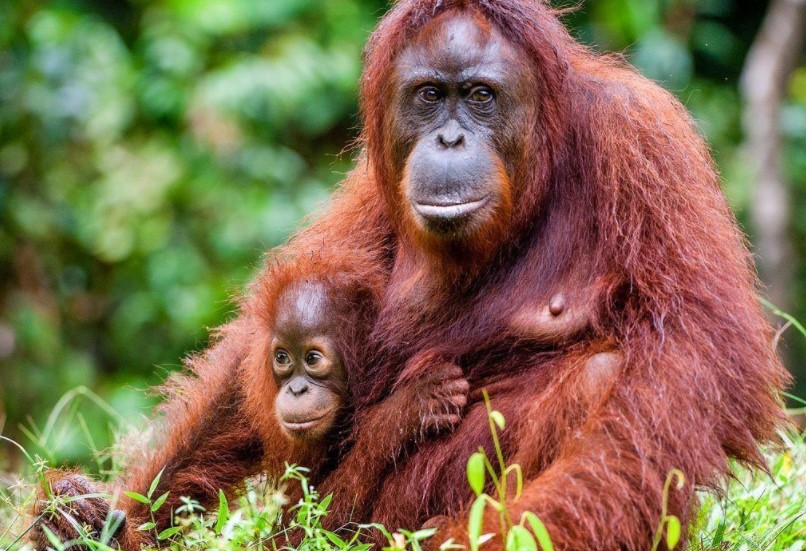
Tapanuli Orangutan
Bringing Back The Dead
Scientists are working tirelessly at trying to bring back animals that are now extinct. These experts can use the DNA particles that have been discovered and create new tissues and cells that can reproduce these animals. This process is similar to cloning.

Bringing Back The Dead
Is It A Good Idea?
There are many animals that scientists are discussing as candidates for rebirth. It’s a very exciting idea, but one must ask what the risks are. One of the primary concerns is how to keep track of them. A mammoth is hardly difficult to trace, but what about tiny mice?

Is It A Good Idea?
Who Should Come Back?
When deciding which extinct animal they would like to bring back, there are many factors that have to be taken into account. As much as we would like to see a 66-million-year-old dinosaur reappear on our Earth, we have to ask if it’s really necessary.

Who Should Come Back?
The Perfect Candidate
One of the most likely candidates for the rebirth program is the heath hen which went extinct in 1932 due to over-hunting for over 300 years. It is a bird that will not destroy an entire ecosystem, let alone endanger one. If its rebirth is successful, it could open the gates to other bird revivals, and who knows what after that.

The Perfect Candidate
Endangered Species On The Brink
Although most rhinoceroses are endangered, the Sumatran rhinoceros is the one in greatest trouble. This is the smallest of all the rhinos, but it is by no measure ‘small’. Poaching of this pre-historic looking creature has brought it to the brink of extinction. Their numbers have dropped 70% in the last 20 years alone. Conservationists believe there to be less than 300 left in the world.

Endangered Species On The Brink
Endangered Species
It is of paramount importance that we protect the endangered species that dwell on our planet. History has provided us with a chilling reminder, telling us to review what we’ve done and change what we could do so that we can do what we should.

Endangered Species








